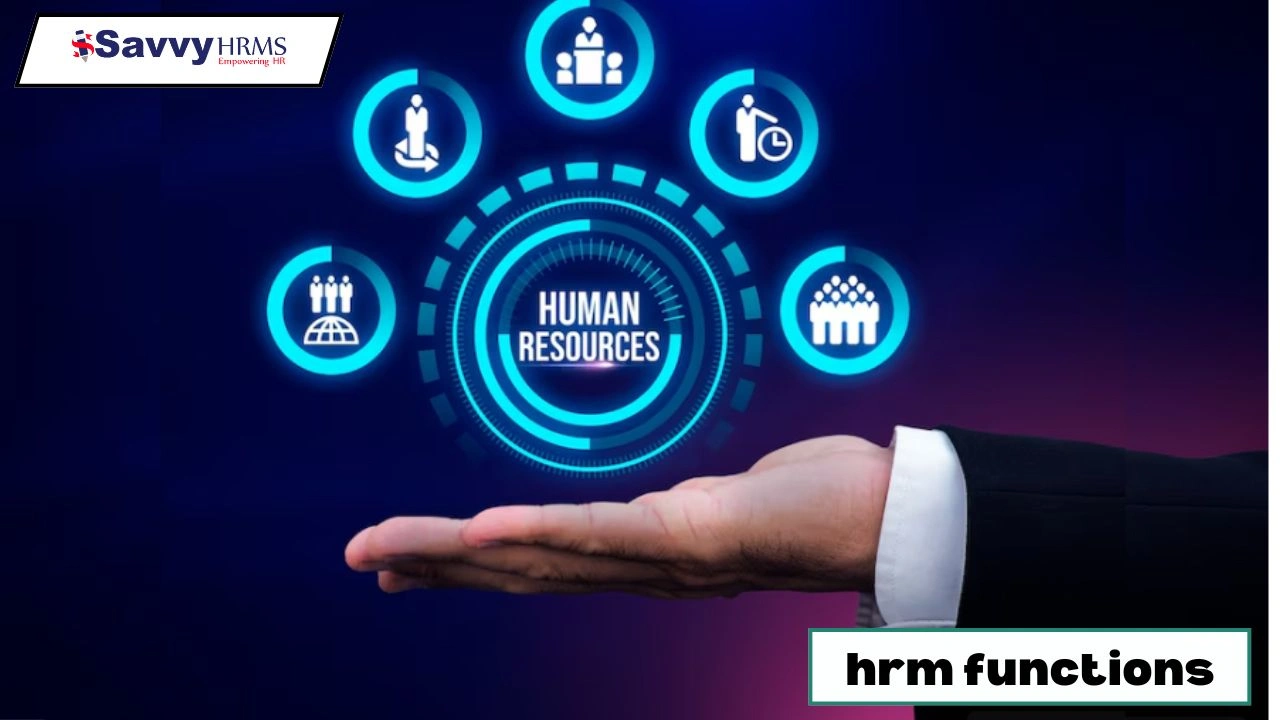Are you a freelancer or a salaried employee who wants to save income tax payments? HRA falls under your earnings, and thus, you are entitled to a reduction of a generous amount in taxes. However, the manual process to determine the exact amount becomes confusing and time-consuming. This is where the HRA calculator online comes into play.
In this blog, we will be discussing what the HRA is all about, its significance & the working of the calculator.. Moreover, you will get some insight into how it is related to the broader payroll management plans and employee benefits strategy.
What is HRA?
In simple terms, HRA or House Rent Allowance is the provision under which your employer gives you a housing benefit for a portion of the rent incurred on your house. Thereby, it is one of the elements of every employee׳s salary structure.
The bright side? This is taxable only up to a certain portion, depending on your salary and rent paid per month, along with the field of residence.
When dealing with HRA, a few dimensions get particularly uncertain in terms of belief. Section 10 (13A) of the Income Tax Act of India allows employers to pay a certain percentage of house rent allowance without including it as income. That’s why using HRA online calculators becomes very helpful.
Why Should You Use an HRA Calculator Online?
Let’s be frank. Manual calculation takes time and is likely to produce wrong answers. An online HRA calculator may be able to simplify the entire process. This is how:
- Firstly, it will give you proper results in a fraction of a second.
- Secondly, it saves you the trouble.
- Thirdly, it saves you the trouble of understanding complex tax laws.
- Last, but not least, it enriches your budgeting plans.
Many companies now want to have such a feature built within their HR software solutions and guarantee that employees and HR would benefit from both faster and smarter processes.
What Do You mean by an HRA Calculator?
Now that you understand the ‘why,’ let us see how this works. The HRA calculator usually asks for input on:
Your Basic Salary
HRA Received
Rent Actually Paid
City of Residence (Metro or Non-Metro)
Then, from this data, it derives the formula-based calculation for your HRA exemption. This way, you can get a good view of how much tax you could save.
HRA Calculator is Used by Whom?
The best thing about HRA calculators is that they are not limited to employees. In fact, a number of other people can benefit from this tool:
- Salaried Employees – to plan their taxes better
- HR Professionals – to plan employee compensation better
- Tax Consultants – to provide better advice to clients for tax saving
In fact, it further integrates into a smooth automated system for all users when coupled with HR operations and payroll processing tools.
Conclusion
To round it all up, availing an online HRA calculator will save you from all the hassles and guesswork with regard to assessing tax exemptions. This tool works in promoting diligent salary management on your part-whether you are an employee or a member of an HR team, by using this device as a part of your HR practice.
FAQs
Q1: Which is the HRA calculator free?
That’s right, most of the HRA calculator websites online are entirely free and user-friendly.
Q2: Are rent receipts necessary?
Yes, the use of the calculator is just for planning, but receipts need to be filed for tax purposes.
Q3: Would HRA calculation differ between cities?
It does. The exemptions for metro cities could go up to 50% of the basic salary, while it would be only 40% for the non-metros.




